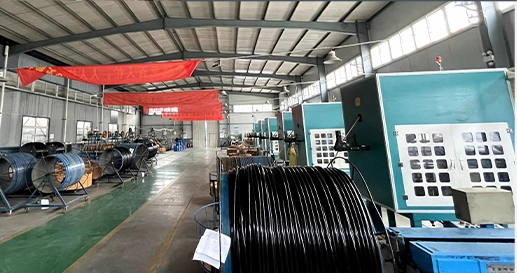Understanding the distinctions between R134a refrigerant and other similar compounds in cooling systems
The Difference Between R134a and 134a
Refrigerants play a crucial role in modern refrigeration systems, air conditioning units, and various industrial applications. Among them, R134a has been widely used for many years. However, the term 134a is often used interchangeably with R134a, leading to some confusion. In this article, we will clarify what R134a is, the significance of its nomenclature, and explore any differences that may be implied by the terminology.
What is R134a?
R134a, or 1,1,1,2-tetrafluoroethane, is a hydrofluorocarbon (HFC) that has been a popular refrigerant since it was introduced as a replacement for R12, a chlorofluorocarbon (CFC) that was found to be harmful to the ozone layer. R134a features a negligible ozone depletion potential (ODP), making it an environmentally safer choice compared to its predecessors.
R134a is widely used in automotive air conditioning systems, domestic refrigerators, and commercial refrigeration applications. Its thermodynamic properties make it highly efficient in heat transfer and energy consumption, contributing to its popularity.
Understanding the Nomenclature
The term 134a typically refers to the same chemical compound as R134a, with R denoting refrigerant. The absence of the R often leads to confusion, but in practice, R134a and 134a refer to the same refrigerant substance. The designation 134a is derived from a specific numbering system used for refrigerants, which helps classify different chemicals based on their molecular structure.
what is the difference between r134a and 134a

The number 134 indicates that it is a tetrafluoroethane compound, while the a signifies the specific isomeric form of this compound. This nomenclature is standardized by organizations such as the American Society of Heating, Refrigerating and Air-Conditioning Engineers (ASHRAE) and the International Institute of Refrigeration (IIR).
Environmental Considerations
One of the most significant differences between R134a and other refrigerants lies in their environmental impact. Although R134a is more environmentally friendly than CFCs and HCFCs, it still contains a Global Warming Potential (GWP). The GWP of R134a is relatively high compared to some newer refrigerants, which has led to discussions about its phase-out in favor of even less impactful substances.
Due to these environmental concerns, the European Union and several countries have introduced regulations to phase out HFCs, including R134a. As a result, manufacturers are moving towards alternatives such as R1234yf, which has a significantly lower GWP.
Conclusion
In conclusion, R134a and 134a are fundamentally the same refrigerant, differing only in nomenclature. R134a has played a vital role in the refrigeration industry due to its efficiency and lower environmental impact compared to older refrigerants. However, awareness of its Global Warming Potential has fueled ongoing research and developments towards more sustainable alternatives.
While R134a is still widely utilized, its future may be uncertain as regulations tighten and new technologies emerge. Understanding the intricacies of refrigerants and their environmental implications is essential for making informed choices in the fields of heating, ventilation, air conditioning, and refrigeration (HVACR). Whether you refer to it as R134a or simply 134a, it’s important to recognize the ongoing evolution of refrigerant technologies and the drive towards a greener future.
-
Ultimate Spiral Protection for Hoses & CablesNewsJun.26,2025
-
The Ultimate Quick-Connect Solutions for Every NeedNewsJun.26,2025
-
SAE J1401 Brake Hose: Reliable Choice for Safe BrakingNewsJun.26,2025
-
Reliable J2064 A/C Hoses for Real-World Cooling NeedsNewsJun.26,2025
-
Heavy-Duty Sewer Jetting Hoses Built to LastNewsJun.26,2025
-
Fix Power Steering Tube Leaks Fast – Durable & Affordable SolutionNewsJun.26,2025

